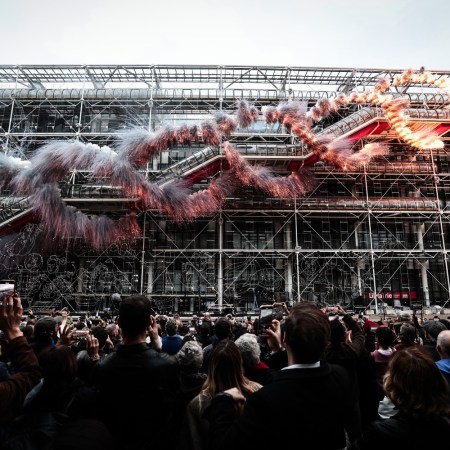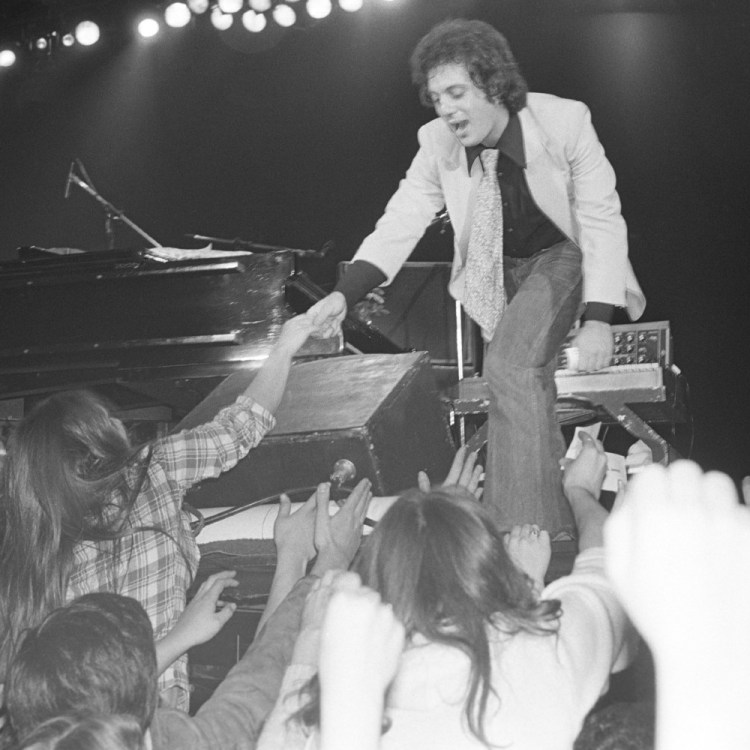History is full of the stories of artists whose work grew less challenging over time. In the case of some artists, musicians and writers, a fiery revolutionary spirit might shift into a more conservative gear — politically or artistically speaking. There are certainly exceptions to this — but among the most surprising is the artistic trajectory of one Norman Rockwell.
At Vox, Tom Carson explored how Rockwell’s style evolved during the 1960s — and how it led to his landmark 1964 painting The Problem We All Live With.
Carson cites Rockwell’s departure from his longtime home at The Saturday Evening Post for the new Look magazine as playing a role in his development:
The rival to Henry Luce’s Life magazine, the more politically adventurous Look had no misgivings about the unlikely image Rockwell proposed as his debut, despite how it diverged from everything he was famous for — unless, of course, that was part of its appeal.
While Rockwell’s previous work hadn’t avoided politics entirely, the 1960s served as a breakthrough for him — including a number of paintings addressing the civil rights movement and racism in America. It’s notable that The Problem We All Live With spent time in the Obama-era White House, for instance. And Carson also explores the genesis of Rockwell’s harrowing painting Murder in Mississippi, with details about its creation that offer a look at the artist’s determination to highlight the tragic murders of civil rights workers Mickey Schwerner, Andrew Goodman and James Chaney.
As is the case with many an artist, Rockwell also found therapy both useful and cathartic. Carson writes that, overall, “the period made Rockwell happier than he’d ever been.” Not all of Rockwell’s work from the period was politically charged, either — his cover artwork for The Live Adventures of Mike Bloomfield & Al Kooper comes to mind.
Rockwell almost painted the cover art for David Bowie’s album Young Americans, which prompts plenty of questions of what might have been. And Bowie, too, falls into the category of artists who pushed at boundaries late in life. Between this article and Lana Del Rey’s latest album, we might well be in the midst of a full-fledged Rockwell revival right now.
Subscribe here for our free daily newsletter.
Thanks for reading InsideHook. Sign up for our daily newsletter and be in the know.


















